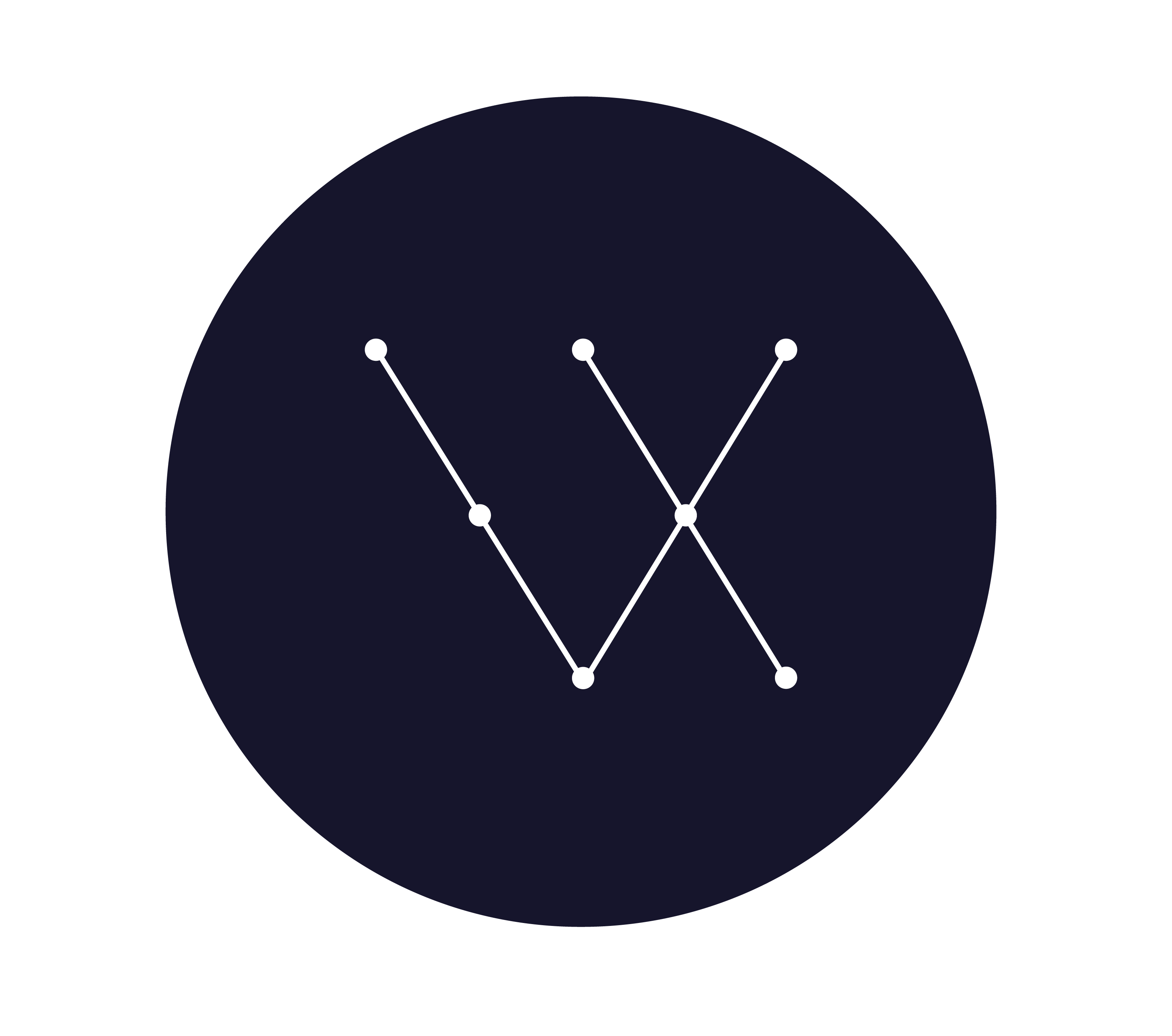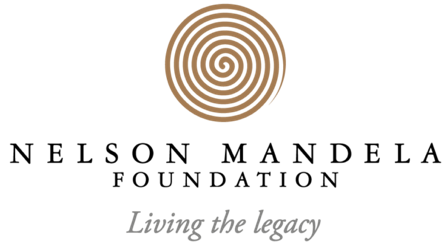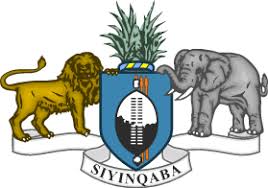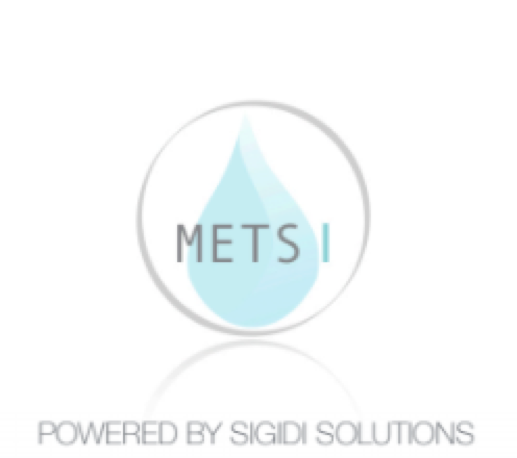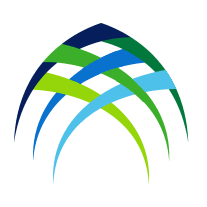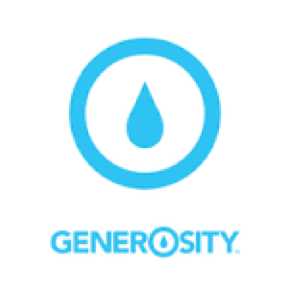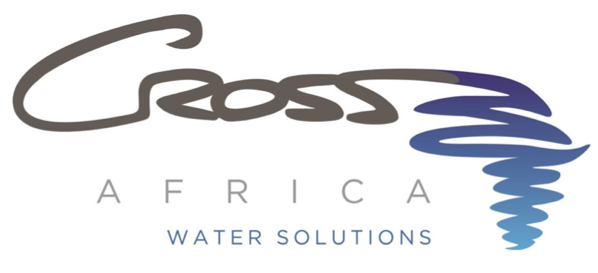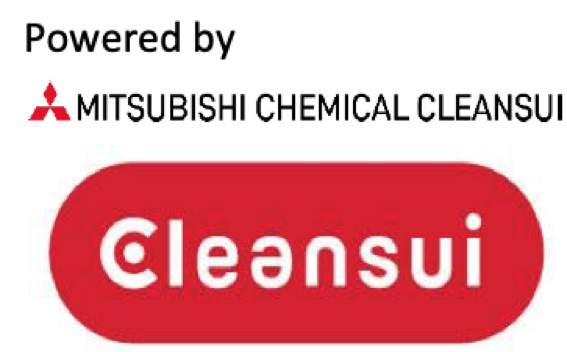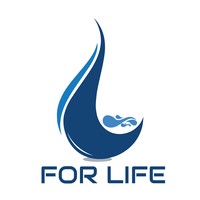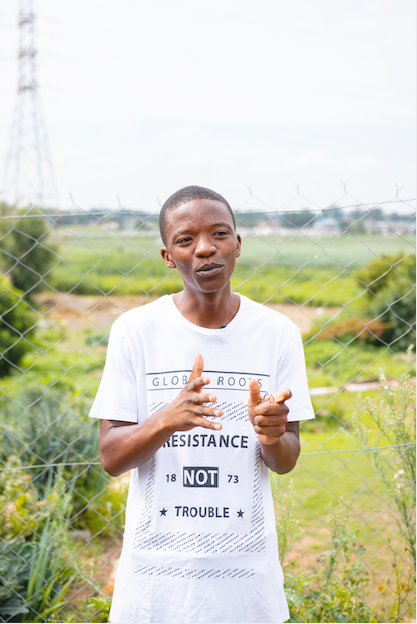
Focusing on projects that have high-level social impact. This series tackles developmental challenges in disadvantaged communities. Vertex is committed to excellence in the following: horticulture, school nutrition, wetlands rehabilitation, ecosystem restoration, vegetable fuel additives, and promoting sustainable oceans, rivers, and lake systems.
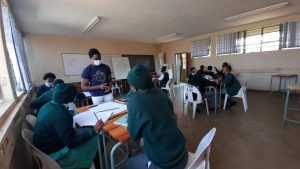
In partnership with the Omani Royal Sultanate, World Youth Parliament, UNICEF, UNESCO Oman, and development specialists from Middle East and Europe, the Water and Humanity program aims to confront water insecurity through youth-led innovation. We work with youth organisations and schools to generate localised solutions for clean and healthy water accessibility in communities across EAMEA. It is our vision that our methods will be adapted into development models worldwide. The Water and Humanity project has already experienced pilots in Germany, Italy, Oman, and Iran, and will convene annually in Oman for a summit where water conservation and protection solutions are to be shared.
The project has yet to be piloted in Africa, and we have identified an opportunity to upscale the methodology to make a high-impact intervention program. Our planned program consists of a pilot with 5 secondary school workshops in Soweto, South Africa. This pilot will see the best presentations from our first cohort of 5 schools invited to regional finals, where we will request the presence of esteemed sponsors, municipality, and the Vertex entrepreneurial empowerment network.
Finalists will be banded into one network of Water and Humanity ambassadors; an initiative with uncapped potential around water insecurity and supporting the implementation of the network's best solutions. Our local partners include the Nelson Mandela Foundation and Metsi (Sidigi Solutions), and we are working closely with the South African Department of Water and Sanitation.
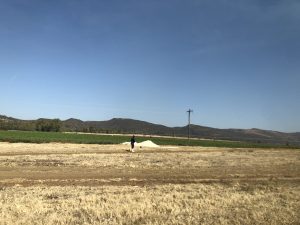
Strategic Water Source Areas comprise 8% of land in South Africa, Lesotho, and Eswatini, while accounting for 50% of their water supply. 71% of surrounding wetlands are unprotected. At the same time, poverty and industry cause degradative strains on strategic waters. As a region, up to 36% of SSAs GDP over the last 40 years has been lost to climate change.
- Main bodies of water: The Vaal River, Tugela River, Pongola River
- Tributaries and affected water systems: Usutu River and Maputo River Basin, Mkhondvo River, Hennops River, Orange River, Hartbeespoort Dam
- Threatened by mining, unsustainable human practices including pollution, open defection, over-fishing, over-grazing, degradative farming, and soil erosion and runoff.
Working with the Kingdom of Eswatini's Ministry of Water Affairs, Vertex is identifying how various communities live in relation to Usutu and Pongola Rivers, proposing to focus on the Mahamba Gorge region. Then:
- Producing a roadmap for community-based natural resource management interventions, managed by Vertex
- Some interventions in Vertex Solution (like the aquaponics solution) will serve a market-making purpose. Proceeds from these will be shared with affected communities.
Benefits of our project include: jobs creation, increased livelihoods, ecosystem protection and restoration, nutrition empowerment and education
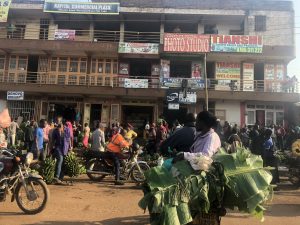
Shared by Kenya, Tanzania, and Uganda, Lake Victoria has over 40 million livelihood dependents. The lake is greening due to waste effluents, significantly threatening local wetlands — 40% of which have been lost in the last 25 years. Human activity worsens this process, causing deforestation, low soil fertility, air pollution, and water pollution. The Katonga River runs from Kibale forest into Lake Victoria, and is heavily impacted by this. Moreover, the White Nile is set to lose her source waters within a decade.
The Vertex plans to cooperate with Uganda’s Ministry of Water and Environment, with particular interest in the Joint Water and Environment Sector Protection Program’s objectives.
Main bodies of water: Lake Victoria, Nile River
Tributaries and affected water systems: White Nile, Katonga River, .
The Zambezi river is the 4th longest river in Africa. It flows through 6 countries in southern Africa. The source is in Zambia where it meanders into Angola and then back into Zambia where it enters Namibia Botswana and Zimbabwe before it enters Mozambique and finally into the Indian Ocean.
Besides the well-known Victoria falls, the Zambezi has other falls it flows over, other falls which the river cascades are the Chavuma Falls in north-west Zambia, and the Ngonye Falls in western Zambia. Along the length of the zambezi, there are 2 major power stations (hydroelectric), Kariba and in Cahora Bassa. According to some, the Zambezi used to flow into the Maghalaghadi Pans in Botswana. These are now dried up salt pans that are virtually uninhabited besides for flamingo populations who feed on the algae and nutrients.
Main locations: Barotse Flood Plain, Chavuma Falls, Ngonye Falls
In partnership with the Fondation Louis Watum, Vertex Impact is bringing solutions in support of health, education, and wealth generation in the Mahagi territory of the Democratic Republic of Congo. Its larger province, Ituri, is perilously affected by armed groups and a resultant 500,000 internally displaced people, especially women and children.
Together with Palara Holdings, Carrefour, Caritas, and People's Development Programmes, our project aims to deliver humanitarian aid in the form of clothing, food, medical assistance, and repopulation initiatives. 100 hectares of arable land has also been secured under this project, on which agricultural produce and ancillary services will employ over 1,000 people.
